They say that a picture is worth a thousand words, and that’s even more true when it comes to narrative photography. In fact, narrative photographs are a visually appealing form of brand storytelling, which has been proven to make your brand 22 times more memorable than it otherwise would be.
One thing’s for sure: if you’re an architect or builder that needs some good retail photography, creating a narrative storyboard is definitely the way to go.
But how can you use narrative photography to reach out to your target audience and show them your business ideas? That’s what we’re going to take a look at today. Read on to learn how you can use architectural photography as a storyboard that gains your more clients and higher rates of investment for your firm.
How Does Narrative Photography Work?
You likely have heard the term ‘narrative photography,’ but what you may not know is the way that it works. Here, we’re going to define what narrative photography is and what it can be used for. We’re also going to discuss the steps that your architectural business needs to know about once you decide that this storyboarding technique is the way to go, so read on to make your website as engaging and successful as possible.
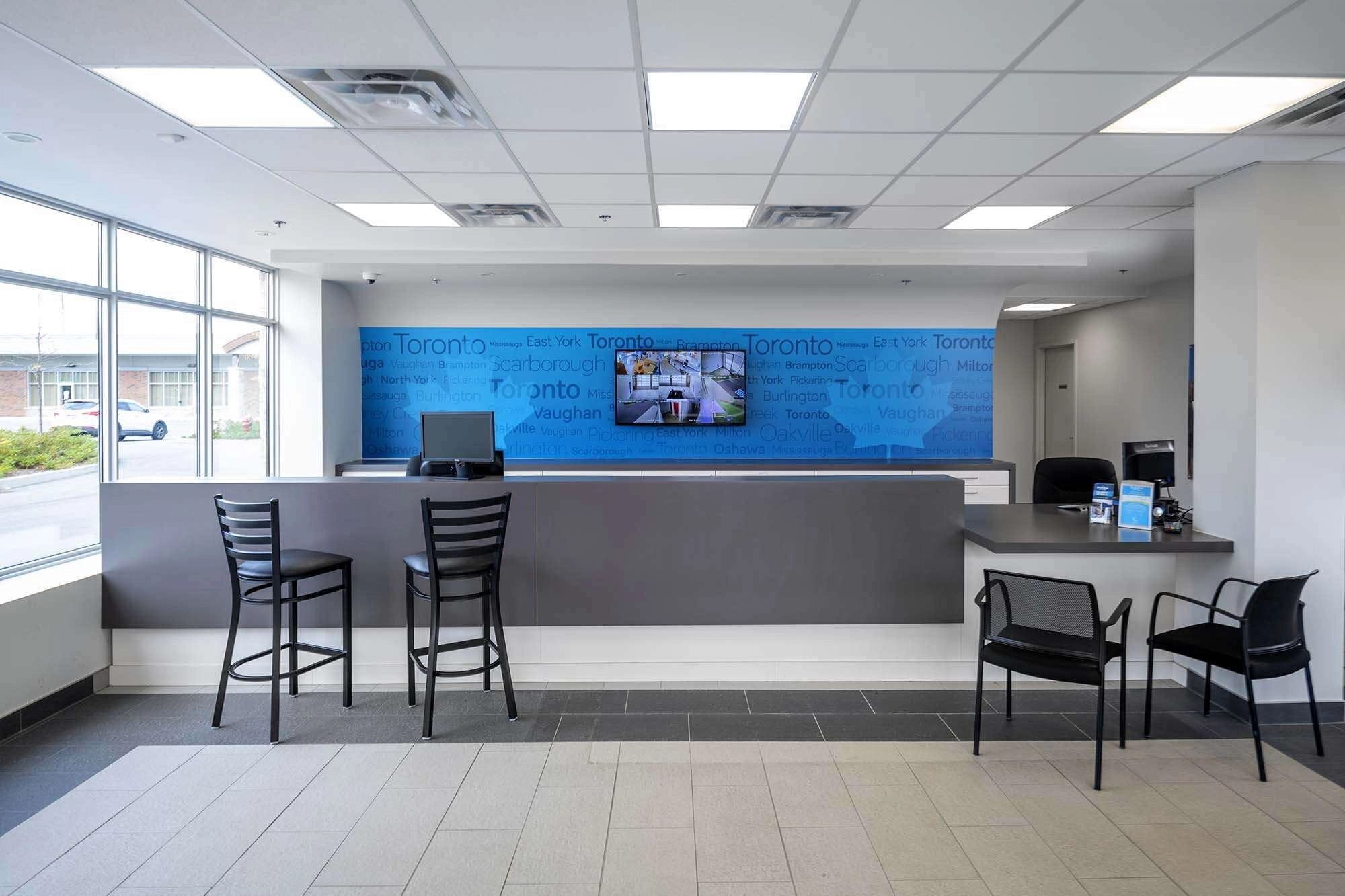
Defining Narrative Photography
Narrative photography is, in the most general sense, the idea that pictures can be placed together in sequence to tell a story. Basically, each photo tells the story of a different moment in time. However, when used in conjunction with other photos that document other moments before and after it, that single image can be part of a story that shows how a building has developed or a decision was made.
Because 65% of people are visual learners, using pictures to tell a story is far more engaging and memorable than a boring wall of text.
When it comes to architecture and the creation of buildings, there are two ways that narrative photography can be used for your business: to tell the story of your company and to tell the story of a specific project.
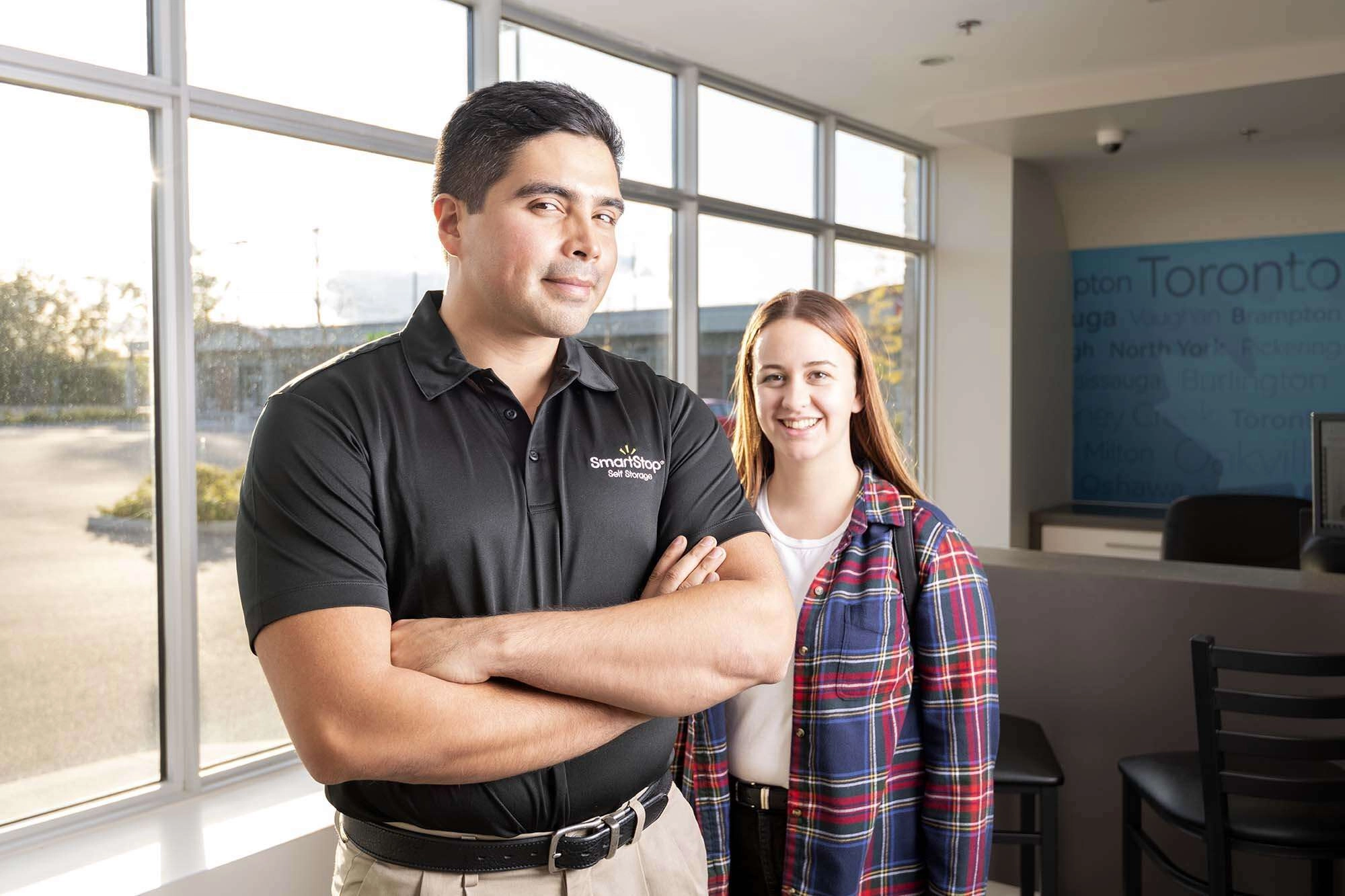
The Story of a Company
One of the most common ways that architecture firms use narrative photography is to tell the story of their company. People who do this often start with a photo of the firm as it first was when it started up and then move forward in time to show their business growing. The last picture on the storyboard can be a photo of your business as it is now, much larger and more client-oriented.
The same concept can be applied to the growth of a business team. Your firm may have started as one or two people in a garage, which can be the first picture on a storyboard. The final picture can be the great many people who now work together in and out of the office to create and design buildings.
You also can tell the story of your company by showing the specific ways that your buildings have improved over time. Take a photo of one of your earliest designs to kick off the storyboard. You can include subsequent designs as narrative photographs to show how you have continually improved your strategies and methods. You can also discuss the ways that the tools and processes you used have shifted to keep up with an ever-changing world.
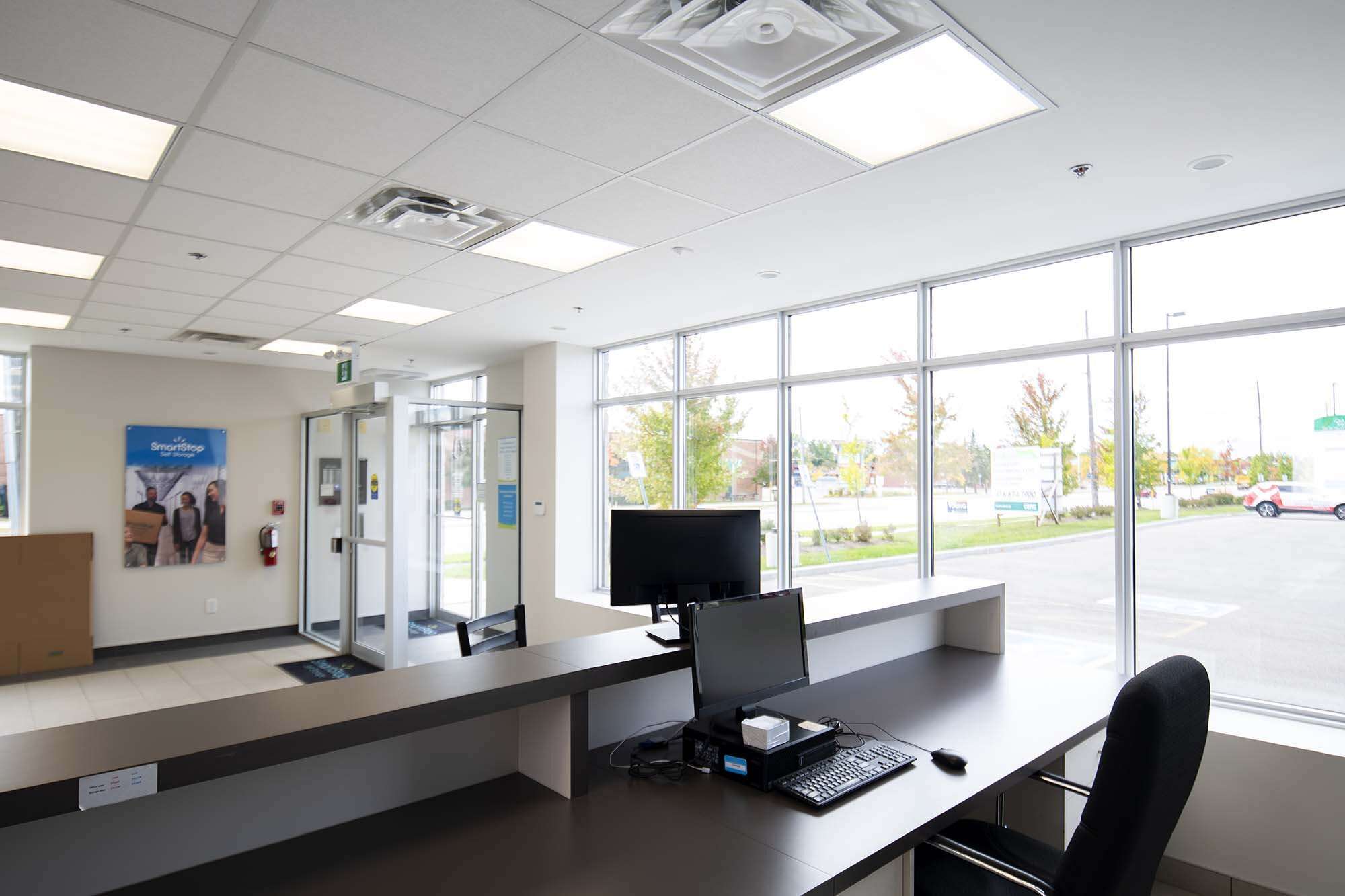
The Story of a Building
The more common- and, in our opinion, more interesting- way that narrative photography can be used by those in architecture is to tell the story of a specific building.
As a firm, it’s important to show those who visit your website what you’re capable of. It’s also important to show them exactly how your services work. Uploading photos of each stage in your building process is a great way to accomplish both of these goals. Choose one of the best buildings that your firm has designed and have us assemble a storyboard that shows people how it was created.
When you do this, people will be able to see the precise sorts of buildings that you’re capable of making. They also will be able to see how their project will be designed and built at each step of the process. No guesswork will be necessary when they go to your page, which will make potential clients more likely to trust (and hire) you.
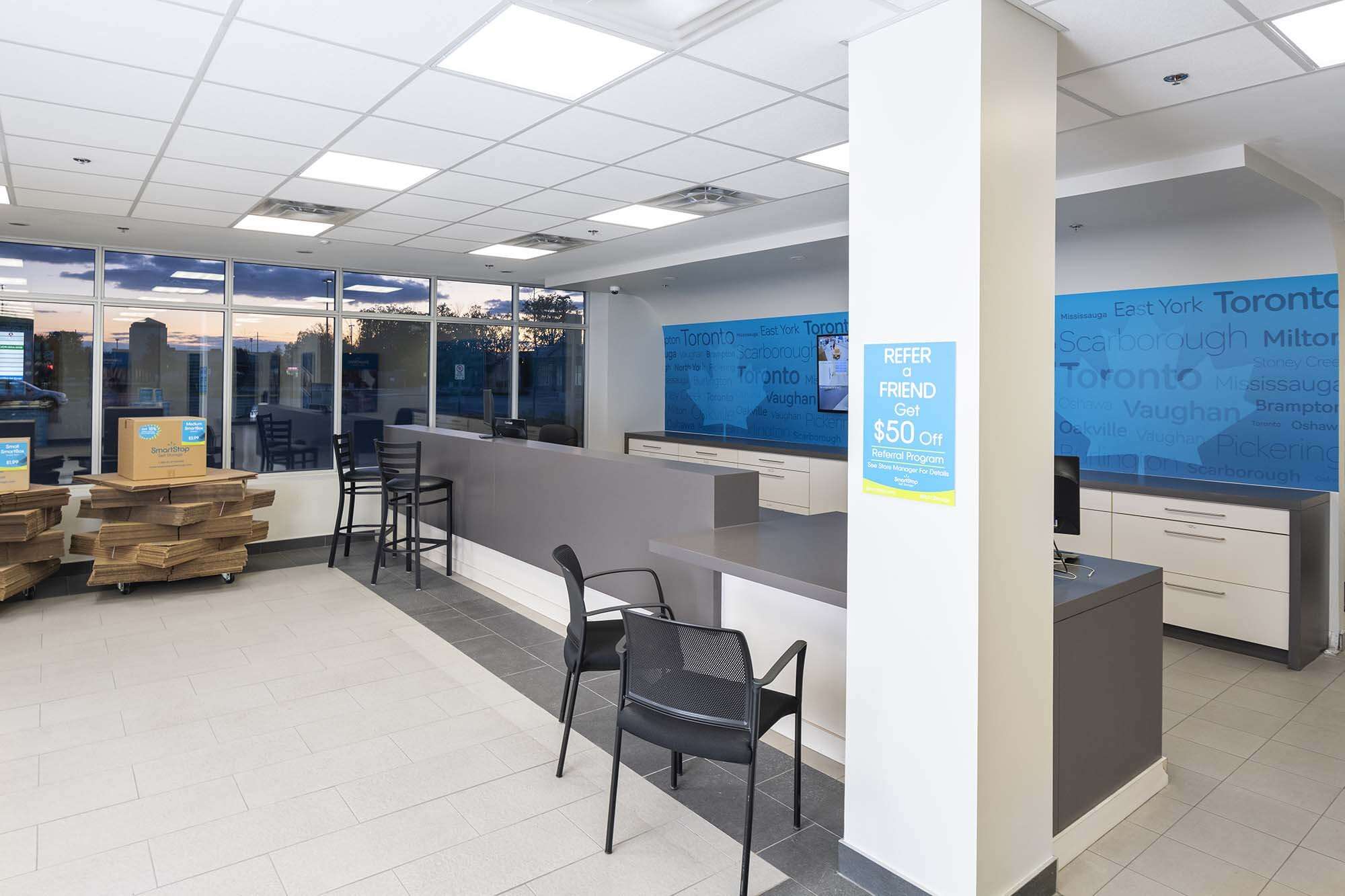
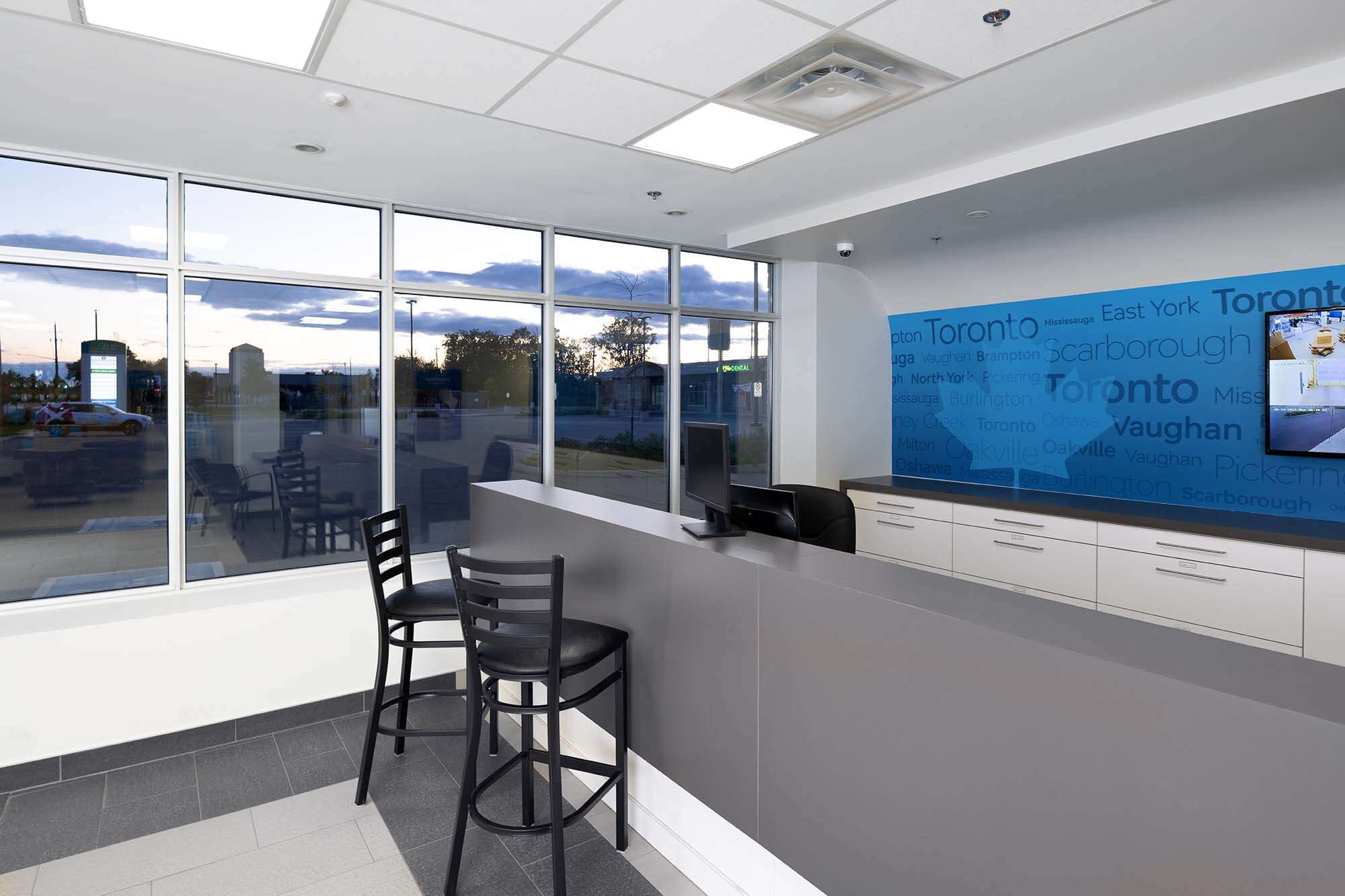

Taking and Arranging Photos
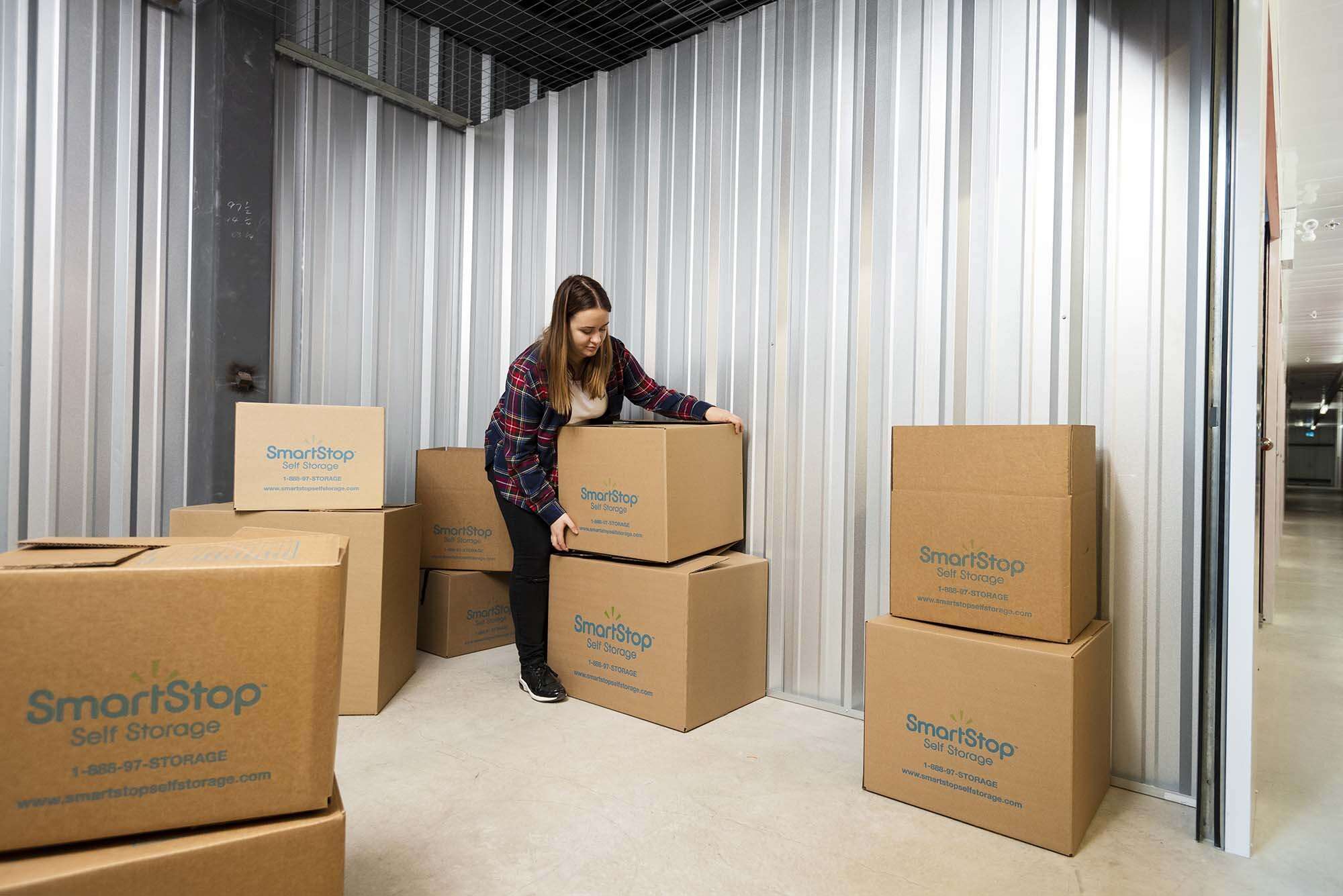
After you decide what kind of storyboard you want to create, it will be time to plan your photoshoot. This isn’t something that you should attempt on your own- you’ll want to call in the professionals.
This isn’t to say that you don’t know what you’re doing! It’s just unlikely that you have the tools for professional photography. You’re also unlikely to know the specific trends in architectural photography today since you’re a builder, not a photographer. It’s best to leave taking pictures up to those who have a background in photography and visual art.
Still, you as an architect will naturally be interested in the process of taking and arranging photos.
Here are the basic steps that we will take to plan your photo shoot:
-
Work with you to decide on both the immediate and long-term goals of the shoot
-
Consult with you, our client, to better understand the specifics of what you want to showcase about your architectural projects
-
Do a site tour/visit of the location that you want the shoot to be at
-
Decide on the time(s) of day that each shoot should take place- since this is a narrative showcase, it will likely be more than one time!
-
Develop a list of all the shots that are required for your storyboard
-
Send out experts to take the photographs that you need for your storyboard
-
Take care of legalities
It really is that simple!
Creative Ways to Show Time Passing
In addition to the logistics of your various photo shoots or photo essays, you’ll want to come up with creative ways to show the passage of time.

One way that many people choose to do this is by shifting your photo series from black and white photography into colors. The beginning of your company or building’s story can be in black and white to evoke the idea of a time past within your potential clients.
The shift into color will be interesting to people and a surefire way to keep them engaged. It also will ensure that possible clients know on the deepest level that your methods for building and your results have improved over time by highlighting the most recent projects (or steps of a project).
Uploading Your Storyboard
After we finish creating your narrative photography storyboard together and you’re happy with the results, it will be time to put them out as a visual story into the world. Congratulations!
There are a few ways that you can do this.
First and foremost, you’ll need to upload the photographs on your website. Make sure that you use high-quality images and upload them in the correct order. You also want them to be close enough together that they appear on the same screen and let people see the full story you’re telling. However, having them too close together will make it difficult to read.
You’ll also want to upload your storyboard to social media. Your architecture firm should already have pages on Facebook, Twitter, and beyond. You need to a) link your official website to these pages so that more people view your photos, or b) upload them onto the site itself. You can make a long Twitter thread with different images or a Facebook album that shows off your images.
Finally, make sure that you don’t skimp on showing people your narrative photographs in physical form. This means that they should be displayed on a poster or canvas when you go to architecture conferences and conventions.
They also should be made into high-quality prints and hung on the wall of your firm. Not only will this motivate those who work there, but it will also allow you to showcase your professional accomplishments to those who come in as potential clients.
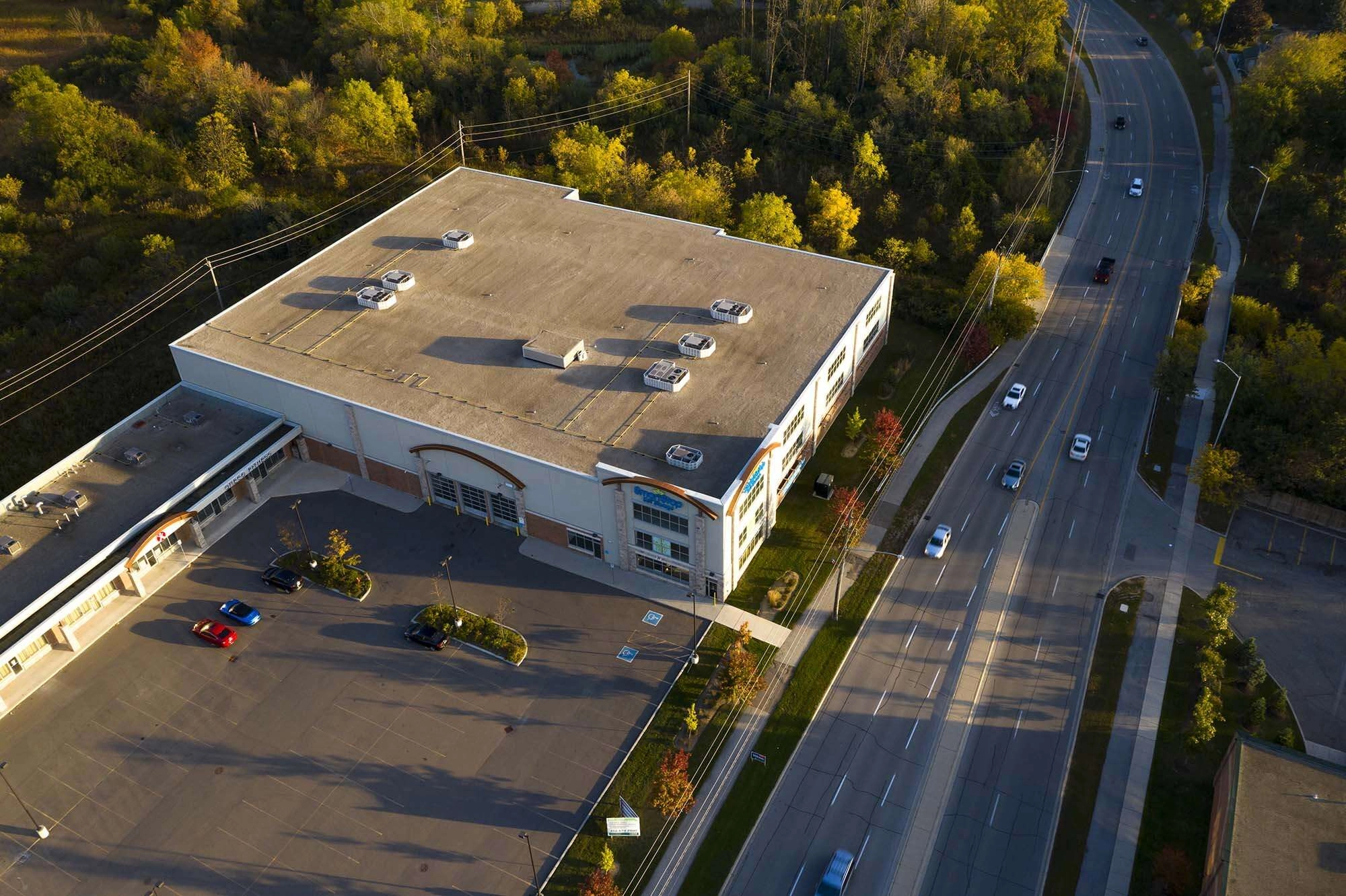
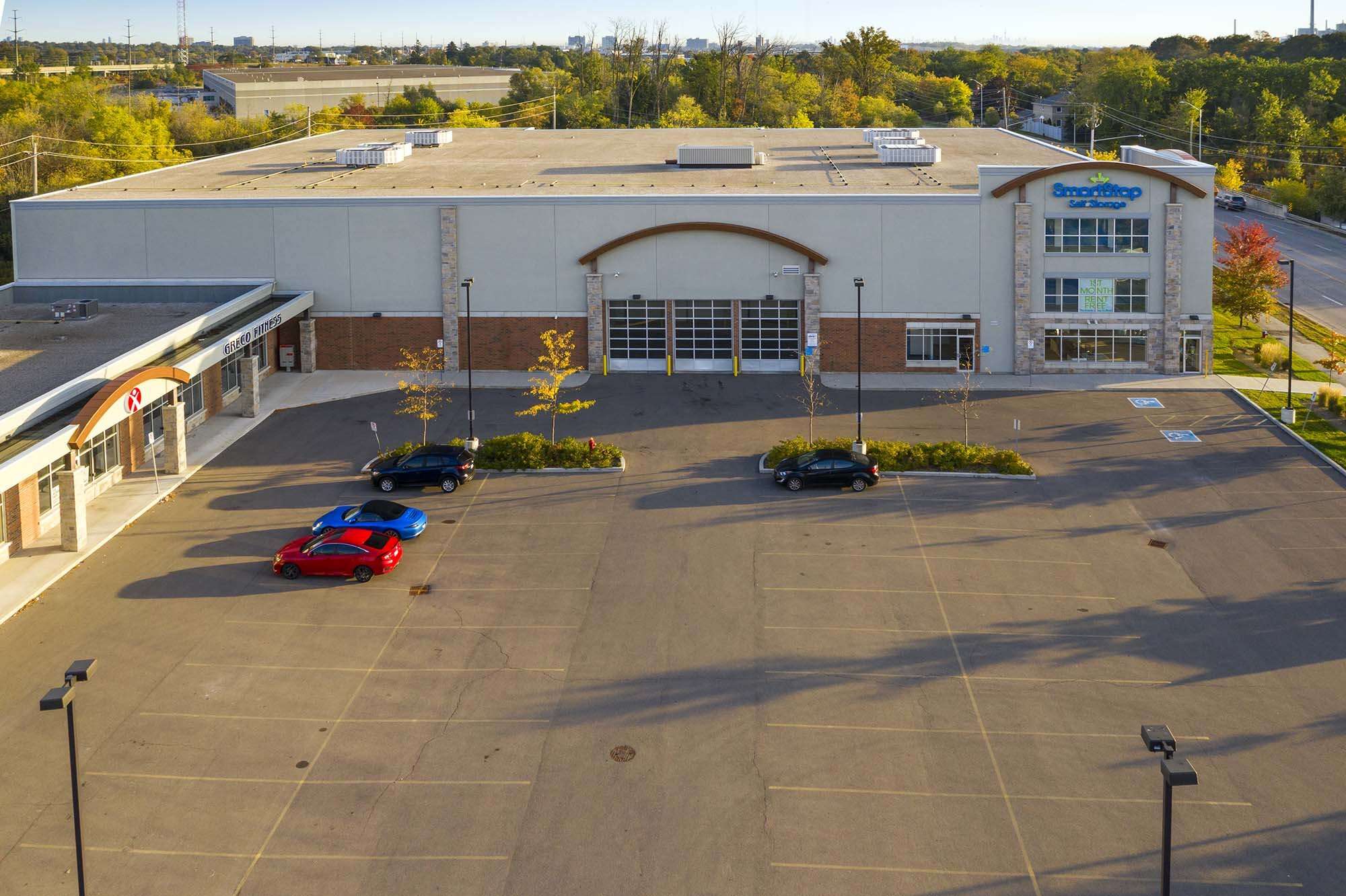
What Are the Specific Benefits for Architects and Builders?
Now that you know the process of taking narrative photography for your architecture business, it’s time to look into the specific benefits of doing this. Read on to learn some of the biggest reasons that you need to use this business showcase strategy to rise above the competition.
Detailed Showcasing
One issue that many architecture firms encounter when it comes to photographing their projects is what angle of a building they want to show off. Buildings are complex, and no two angles are the same. Usually, you’ll need to choose only a couple of areas to be part of your photoshoot and neglect certain sides or areas of the building.
Using narrative photography partly solves this problem. In order to craft a good storyboard, you’ll need to have at least about six photos. This guarantees you at least six different potential angles of your building if you’re using the photos to tell the story of your project.
While these angles will likely show different stages of development, they also will illustrate different sides of your building. This is a great way to showcase what you can do in a three-dimensional way!
Branding
The goal of every brand is to be strongly associated with the good work that they do. After all, what better way is there to inspire repeat customers and brand loyalty?
Narrative storyboards are incredibly memorable, which means that those who see them will automatically associate your story and photographs with your brand. If they like the images they see- which, let’s be real, is inevitable- they’re more likely to invest in your services.
This is especially the case since those near you will recognize the buildings that you’ve created and photographed. They’ll always associate your brand with the restaurant that you built and they ate at or the hotel that they pass on their commute to work. This will tie your brand to the city that they live in and make them feel a local tie to you.
Increased Web Traffic
While you’ll need SEO, SEM, and good social media marketing to get your page seen, narrative photography can get eyes to stay on the site when potential clients do find their way over to it. You’ll stand out from the competition because people like to see compelling visuals. They’ll want to know the story that you’re telling and therefore will be more likely to peruse the entire webpage.
Those who enjoy the story that you tell will be likely to share it with friends and on social media. This is a great way for your business to get some word-of-mouth traffic and become as successful as possible.
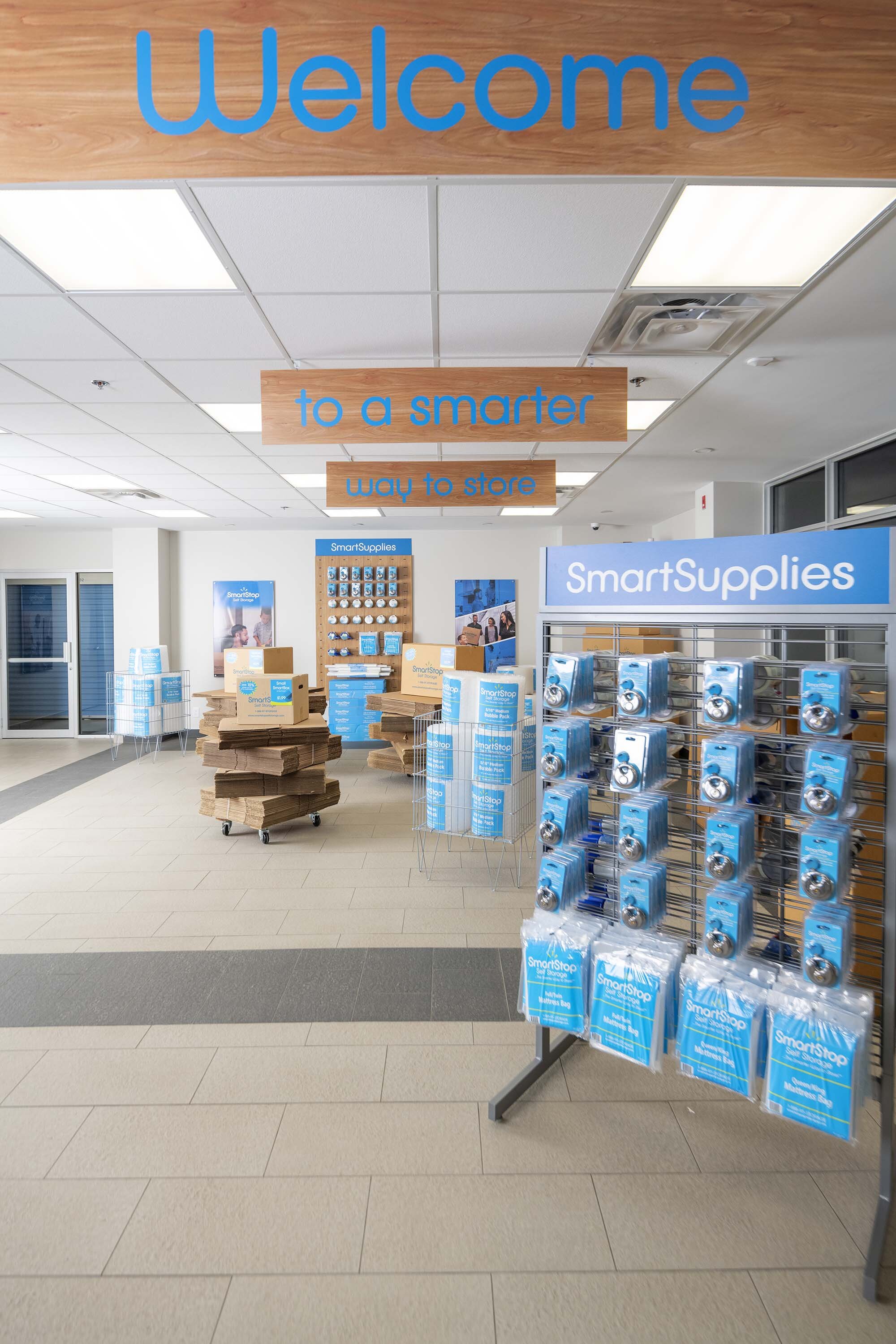

Close up of merchandise.
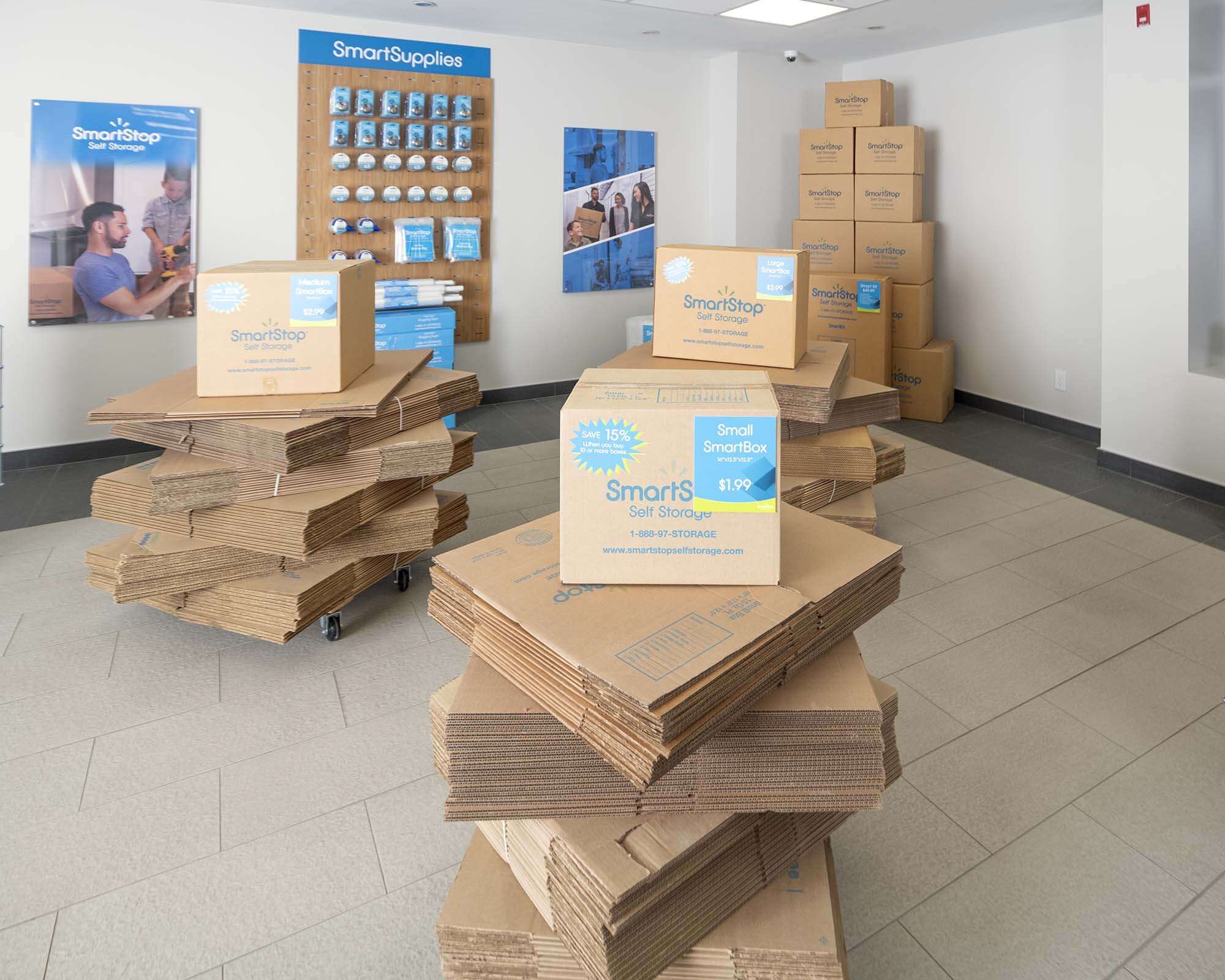
Get Started
There are many ways that using narrative photography can benefit your business. Other methods of telling stories don’t incorporate the visual aspect that drives people to your website, and single photographs don’t give people the chance to relate to the story that you desperately need them to hear.
Now that you know how to use narrative photography to drive clients to your architectural firm, it’s time to get started. Click here to get in touch with our experts and decide how to begin telling your story through pictures. If you have any questions about photography in general or about telling your specific story, just fill out the form on the page. We’ll generally get back to you within an hour assuming that you email during regular business hours.
Good luck!

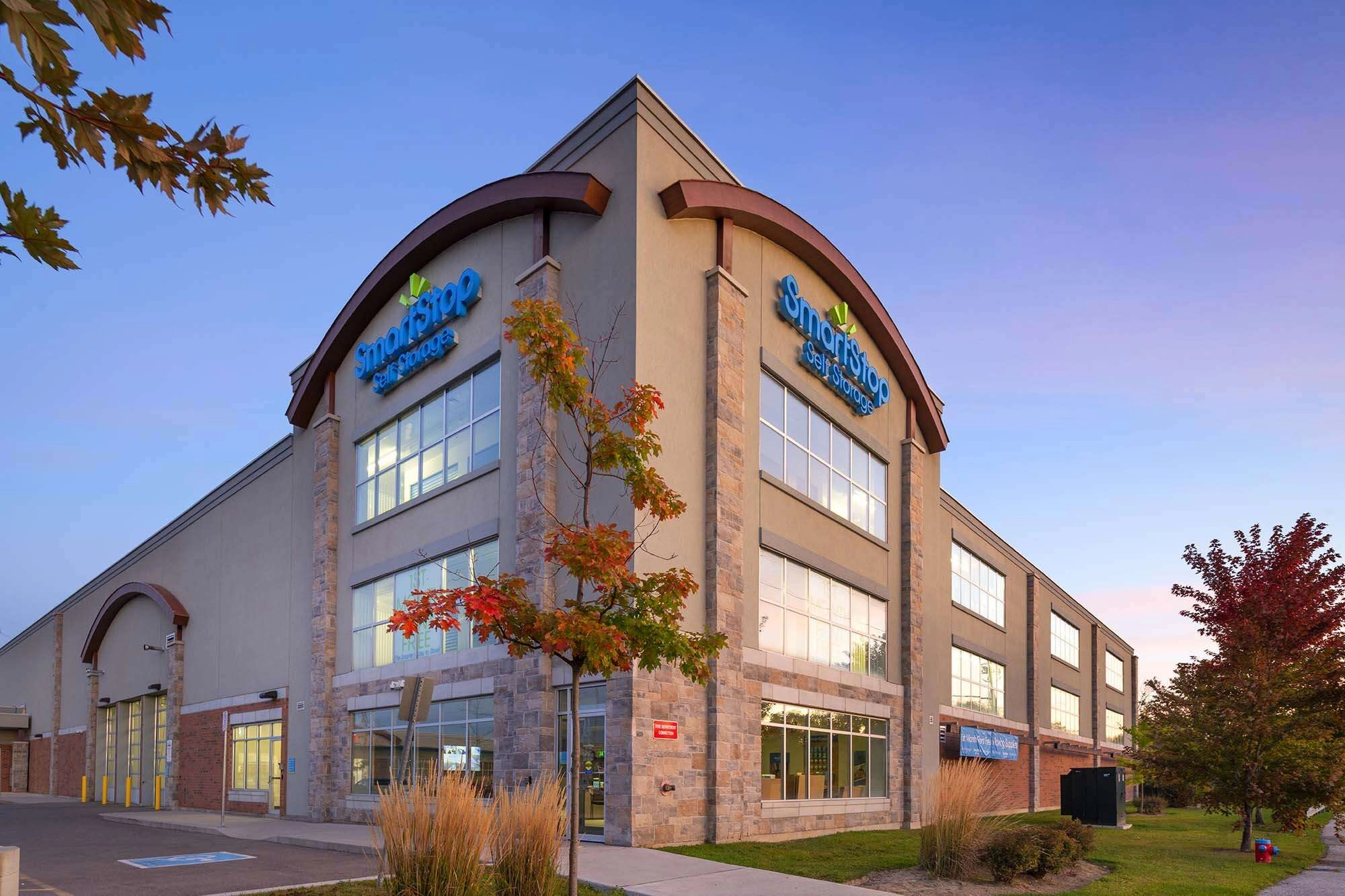



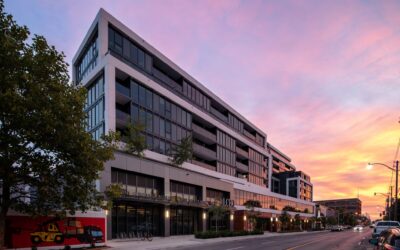


0 Comments